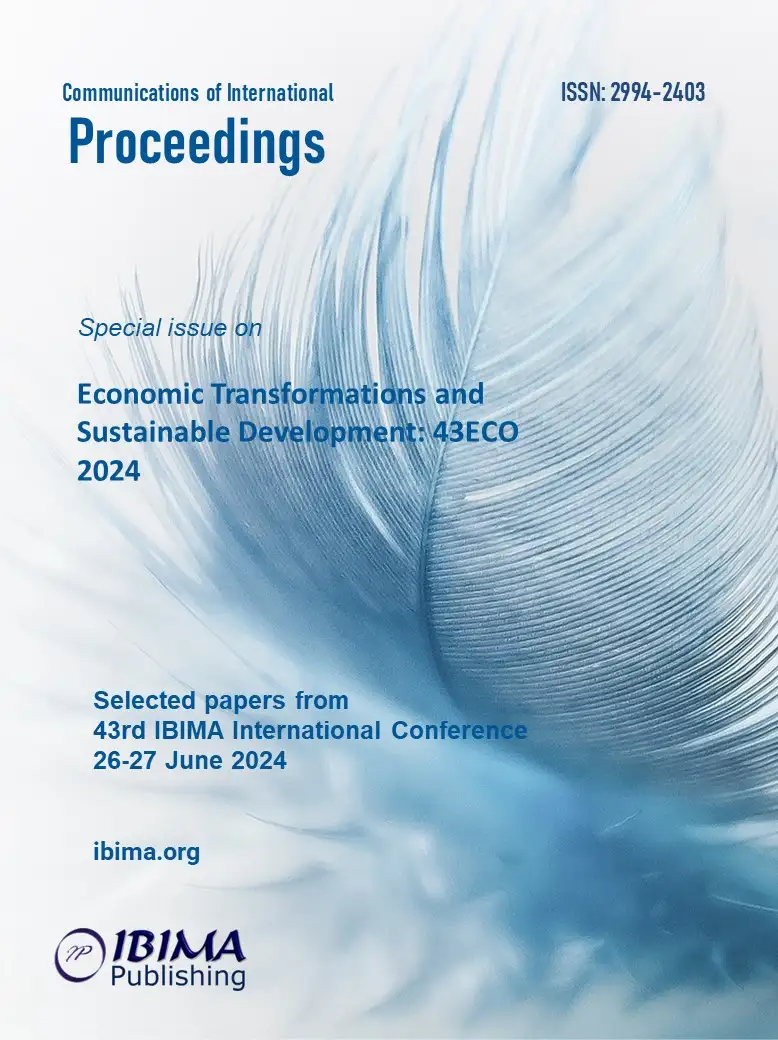
Ewa SOBOLEWSKA-PONIEDZIAŁEK and Anna Niewiadomska
Faculty of Economics and Management, University of Zielona Góra, Poland

The discourse on multidimensional consequences of the growing dynamics with regard to the population ageing process has continued unabated for several decades. Although it is often dominated by analyses pointing to the negative economic consequences of the growing proportion of elderly people, awareness of the inevitability of demographic change direction has brought a new perspective on meeting the needs of this social group. Research shows that elderly people often experience social exclusion, which can further exacerbate an often difficult situation due to the various types of limitations faced with age. In order to counteract exclusion as well as to activate and integrate seniors, the concept of establishing universities of the third age (U3A) has been introduced. This form of activity met with great interest and spread in a fairly short time, creating a platform for many initiatives. Nevertheless, the issue of the functioning of Universities of the Third Age as an entity offering various forms of support for the elderly is not a very common subject of research. Therefore, it is worth adding to the scope of knowledge on how these entities can reduce the scale of marginalization of seniors. The main aim of this paper is to describe the scope of third-age universities with particular emphasis on the functions they perform in the context of counteracting the social exclusion of seniors. In order to achieve this goal, an example of the functioning of these units in Poland was used, presenting key data showing the development of such institutions, the profile of participants, the area of activity and the main sources of funding. The research method used is desk research, while the data subject to analysis was taken from the Central Statistical Office (CSO) public statistics.